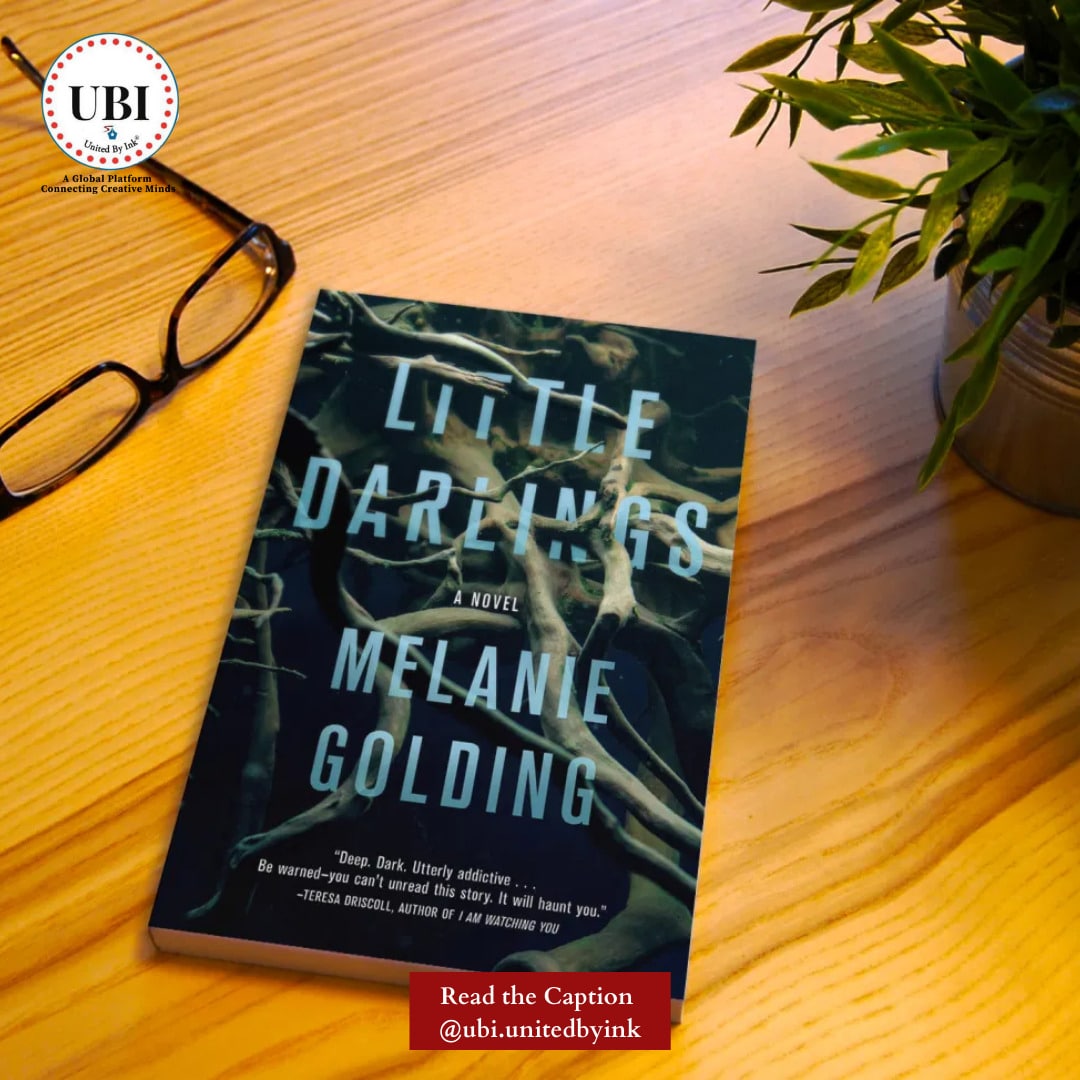The book begins with Lauren Tranter giving birth to twin boys. The eerie undertones of the book highlights the exhaustion a new mother feels right after giving birth. But with exhaustion comes a new feeling of vigilance as the new mother worries that her twin boys will be taken away from her. Not much later after she has expressed these thoughts she encounters a woman who talks of replacing one of Lauren’s new born with her ‘creature’. It is as if Lauren has manifested her fears into flesh.
Little Darlings has the echoes and references of Grimms Fairy Tales that were very morbid to begin with. Soon enough we see a mental dissent of our main character as we follow her through her fears and worries as she strives to keep her babies safe. Worries that are called irrational by her husband and friends. The doubts that she carries in her mind are very natural and basic instincts of a mother looking out for her young ones. She is convinced that she isn’t dreaming and there is in fact a woman out to replace her beautiful boys with creatures not entirely human.
Her fears and fate direct her to a Detective Jo Harper who has just as much curiosity in the inexplicable happenings as Lauren does. The story soon ventures off into historical myths and supernatural possibilities- all of which Lauren considers very seriously. Until her husband, quiet unsettled by the stressful behaviours exhibited from her wife’s end admits her into a mental correctional facility.
Melanie Golding has the readers in the palm of her hand as readers start questioning what is real and what isn’t as the plot of the story unfolds. She talks of postpartum depression, the physical and mental toll a person experiences after birth. The lack of sleep, dark undertones and rainy atmosphere of United Kingdom is the perfect setting for the stories that the characters carry with them and unfold like chits in the back of a classroom.
The story delves into Welsh folklore set in valleys and lakes of a town lost long ago- now apparently under a major lake in Peak District. The folklore is so convincing and perfectly aligning with what Lauren is experiencing that it seems very real until the end – when readers learn that Lauren is in fact mentally ill.
Not to give the plot away, the book outlines the misunderstandings and stigma that still surround talk of mental illnesses and how they are handled in reality. The storyline briefly explains the raw and unprecedented nature of a mental institution and treatments that sound like horror stories. Via Detective Jo Harper the author is also able to convey the doubts and self-doubt surrounding same sex relationships where Jo is undoubtedly in love with her female friend.
The book may sound like there is a lot going on outside the plot but the author has managed to centre the story while still doing all her mini-plots just as much justice as she does in telling Lauren’s story.


